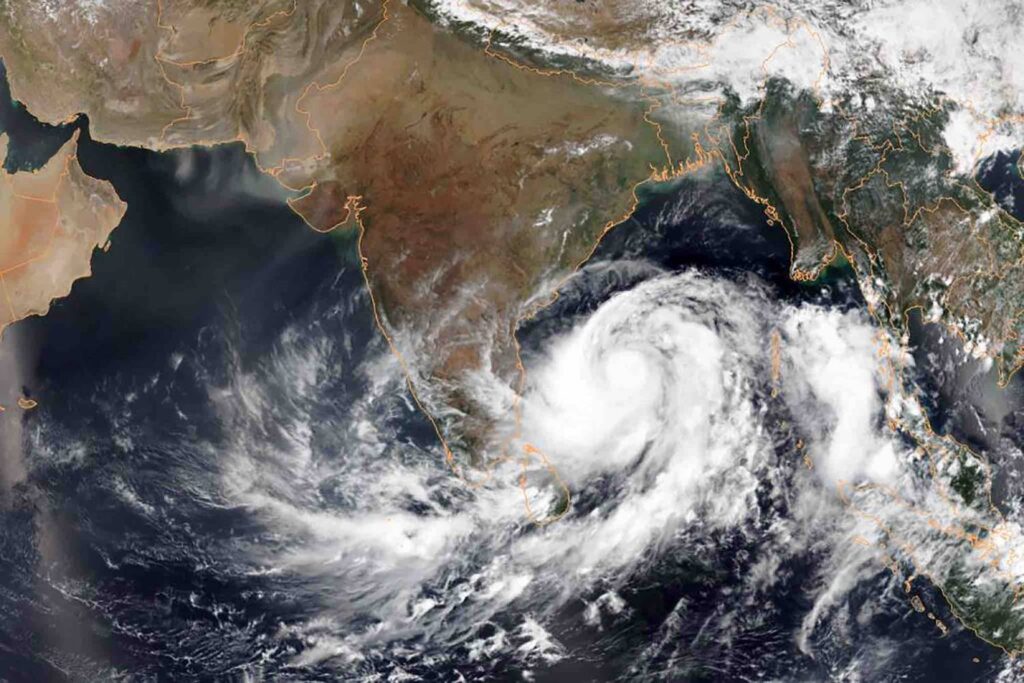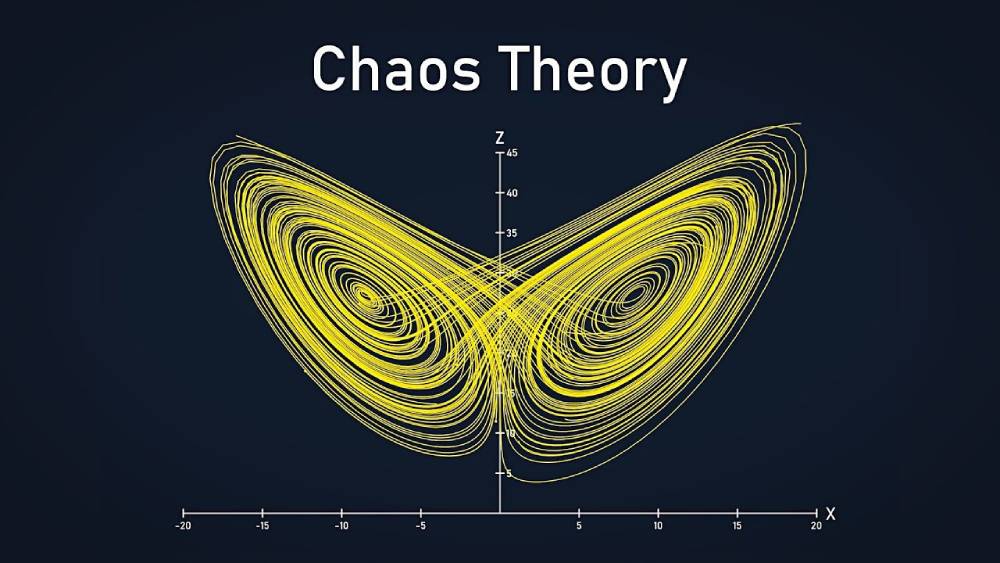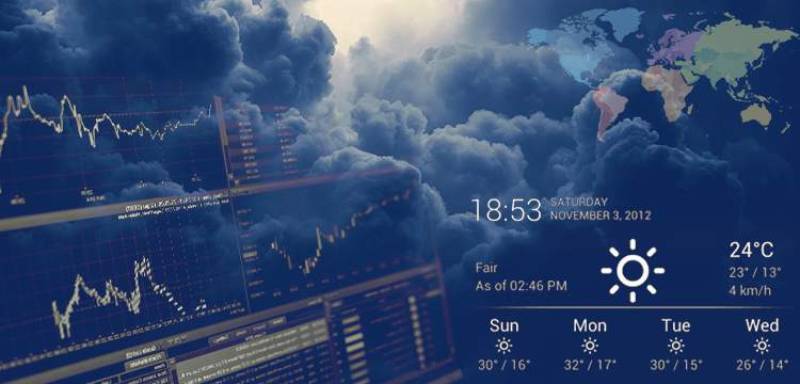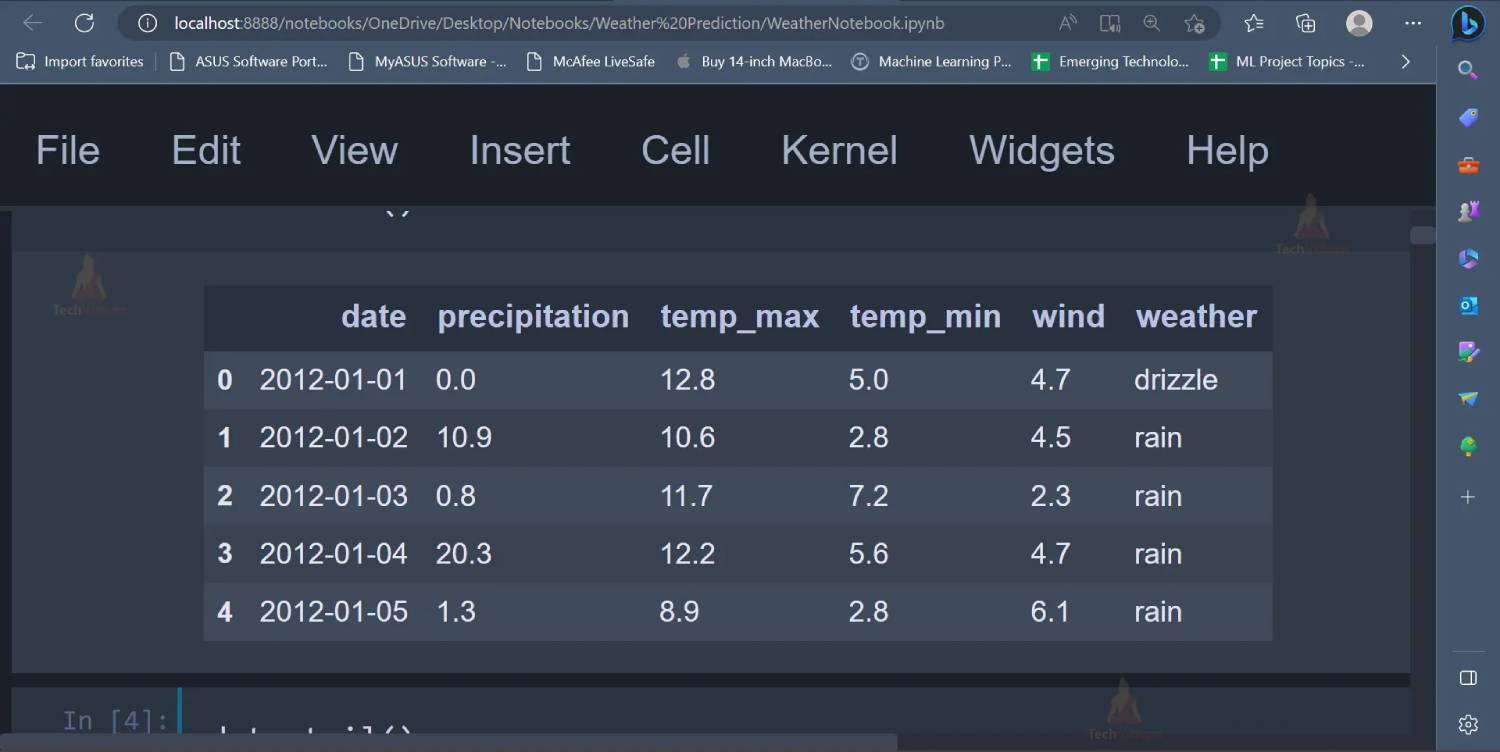The Science Blog

Chaos Theory & Weather Forecasting: Can We Predict the Unpredictable?
Chaos theory is a captivating area in math and computer science. It tests how we think about predictability. It’s a branch of math that studies systems that seem disordered. However, these systems follow hidden patterns and specific laws. Chaos theory plays a key role in weather forecasting. It connects with climate modelling and meteorology. Together, they address a classic question: Can we predict the unpredictable?
The Importance of Chaos Theory in Weather Forecasting

Weather forecasting is a complex task that requires the integration of vast amounts of data and sophisticated models. Chaos theory is key in this field. It helps us understand the unpredictability of weather systems. The theory says that small changes at the start can cause big differences later. This is known as the “butterfly effect.” It shows how sensitive weather systems are to their starting conditions. This sensitivity makes long-term weather predictions tough.
The significance of chaos theory in weather forecasting cannot be overstated. It helps meteorologists see the limits of their models and the uncertainty in predictions. Recognising the chaotic nature of weather systems helps scientists create better models. These models consider uncertainties, which leads to more accurate short-term forecasts.
Chaos Theory: A Brief Overview
To understand its role in weather forecasting, we first need to grasp the basics of chaos theory. At its core, chaos theory studies the behaviour of dynamical systems that are highly sensitive to initial conditions. These systems are deterministic, but they show unpredictable and random behaviour as time goes on.
The concept of chaos theory was popularized by mathematician and meteorologist Edward Lorenz in the 1960s. Lorenz found that small changes in starting data could cause very different weather patterns. This discovery helped form the basis of chaos theory. His work showed how traditional linear models fall short in predicting complex systems, such as the weather.
The Role of Climate Modeling in Meteorology
Climate modelling is key in meteorology. It helps scientists simulate and understand the Earth’s climate system. These models use complex math and data from different sources. They include satellite observations and historical climate records to predict future climate patterns.
Chaos theory is key in climate modelling. It helps tackle the uncertainties and non-linearities in Earth’s climate system. Adding chaotic dynamics to climate models helps scientists grasp future climate scenarios and predict extreme weather events.
Moreover, chaos theory helps meteorologists identify the limits of predictability in climate models. Scientists can see that the climate system is chaotic. This helps them create better models. These models include uncertainties and make climate predictions more reliable.
Step-by-Step Guide to Understanding Chaos Theory in Weather Forecasting

Step 1: Recognizing the Sensitivity to Initial Conditions
To grasp chaos theory in weather forecasting, start by noticing how weather systems react to initial conditions. This sensitivity means that even the smallest changes in initial data can lead to vastly different outcomes. Meteorologists must account for this sensitivity when developing weather models and interpreting forecasts.
Step 2: Incorporating Non-Linear Dynamics
Weather systems are non-linear. This means we can’t predict their behaviour with linear models. Chaos theory helps meteorologists include non-linear dynamics in their models. This leads to better and more realistic predictions.
Step 3: Embracing Uncertainty
Chaos theory teaches us that uncertainty is an inherent part of weather forecasting. By accepting uncertainty, meteorologists can create stronger models. These models consider many possible outcomes. This method helps them make better forecasts. They can do this even when weather patterns are unpredictable.
Step 4: Developing Probabilistic Forecasts
One of the key insights from chaos theory is the importance of probabilistic forecasts. Instead of just one clear forecast, meteorologists use chaos theory. This helps them create a range of possible outcomes and show their probabilities. This method helps us make smarter decisions. It also improves risk management during uncertain weather.
Expert Tips & Common Mistakes to Avoid
Best Practices in Weather Forecasting
To make weather forecasts more accurate, meteorologists should follow some best practices. This includes updating models with the latest data. It also means adding chaotic dynamics to models. Plus, we use probabilistic forecasts to handle uncertainty.
Common Mistakes in Weather Forecasting
A common mistake in weather forecasting is relying too much on deterministic models. These models often ignore the chaotic nature of weather systems. This can lead to inaccurate predictions and a false sense of certainty. Meteorologists must understand the limits of their models. They should also use chaos theory to handle uncertainty.
Advanced Insights & Expert Recommendations

Leveraging Machine Learning in Weather Forecasting
New advances in machine learning and AI create fresh chances to enhance weather forecasts. Meteorologists can create better weather models by combining machine learning algorithms with chaos theory. This integration helps them understand the complex dynamics of weather systems more effectively. AI models can look at huge amounts of past and current data. They find patterns and improve predictions.
The Role of Big Data in Climate Modeling
The huge amount of data from satellites, weather stations, and more has changed climate modelling. Meteorologists use big data to make their models more accurate. This helps them understand the Earth’s climate system better. High-performance computing helps create detailed simulations. This leads to a better understanding and preparation for extreme weather events.
Predicting Extreme Weather Events
Chaos theory plays a key role in weather forecasting. It helps predict extreme events like hurricanes, tornadoes, and droughts. These events can be very chaotic. However, better modelling techniques use chaos theory and advanced computing. This helps meteorologists give early warnings and reduce potential damage.
Embracing the Chaos – The Future of Weather Forecasting
Chaos theory gives us important insights into how complex and unpredictable weather systems work. By understanding the limits of traditional models, meteorologists can make better predictions. They should also accept the uncertainty that comes with weather forecasting.
We can’t predict the weather perfectly. However, chaos theory helps us understand and manage its unpredictability. Meteorologists use new technology and chaotic dynamics in their models. This helps them improve weather forecasts. As a result, we can better prepare for nature’s unpredictable forces.
Chaos theory offers exciting insights for weather forecasting. Predicting the unpredictable is a journey. This quest will bring new ideas and innovations in the future.









